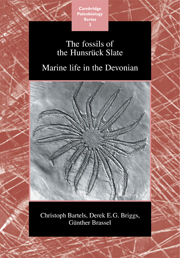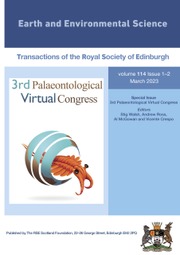Biominerals and Fossils Through Time
Fossils are essential to the reconstruction of the evolution of life and episodes in Earth history. Knowledge of biomineralization - the processes associated with the formation of mineralized biological structures - is essential to properly evaluate data derived from fossils. This book emphasizes skeletal formation and fossilization in a geologic framework in order to understand evolution, relationships between fossil groups, and the use of biomineral materials as geochemical proxies for understanding ancient oceans and climates. The focus is on shells and skeletons of calcareous organisms, and the book explores the fine structures and mode of growth of the characteristic crystalline units, taking advantage of most recent physical methodological advances. The book is richly illustrated and will be of great interest to advanced students and researchers in paleontology, Earth history, evolution, sedimentology, geochemistry, and materials science.
- Presents diverse case studies which clearly indicate that analysis at this scale is applicable to most biogenic calcareous structures
- Explores the fine structures and mode of growth of the characteristic crystalline units taking advantage of recent physical methodological advances
- Allows researchers to make accurate comparisons and more reliable measurements of the calcareous bio-crystals by featuring applications of the recent characterization methods
Reviews & endorsements
'This is a very fine, very dense book, well-illustrated …' American Paleontologist
Product details
December 2010Hardback
9780521874731
504 pages
253 × 178 × 27 mm
1.13kg
273 b/w illus. 5 tables
Available
Table of Contents
- Preface
- 1. The concept of microstructural sequence, as exemplified by mollusc shells and coral skeletons
- 2. Compositional data on mollusc shells and coral skeletons
- 3. Origin of microstructural diversity
- 4. Diversity of structural and growth-mode patterns in skeletal Ca-carbonate of some plants and animals
- 5. Connecting the layered growth and crystallization model to the chemical and physiological approaches
- 6. Micro-crystallized and amorphous biominerals in bones, teeth and siliceous structures
- 7. More information from the fossil records through a better understanding of their diagenetic behavior and fossilization status of biominerals
- References
- Index.








